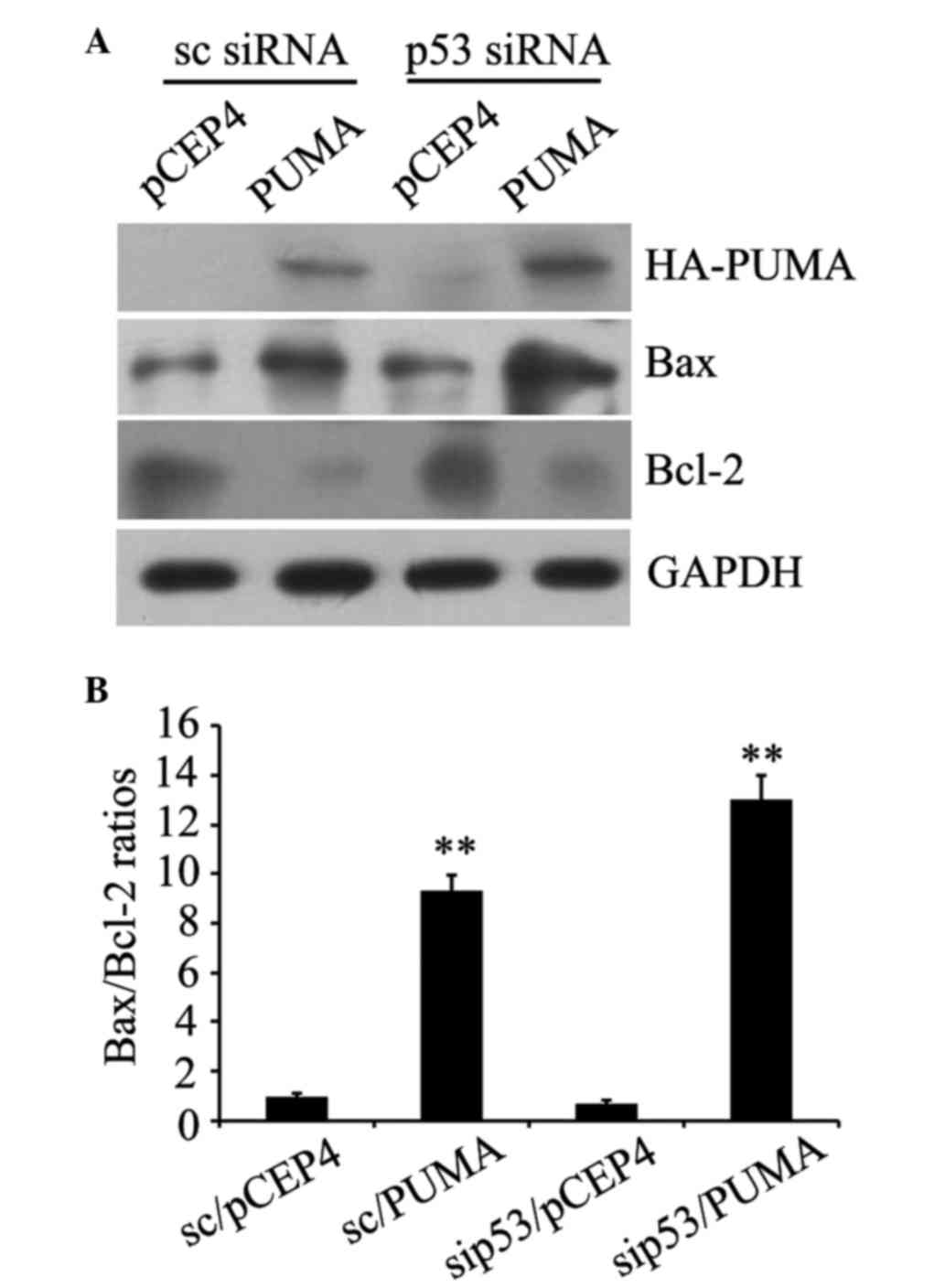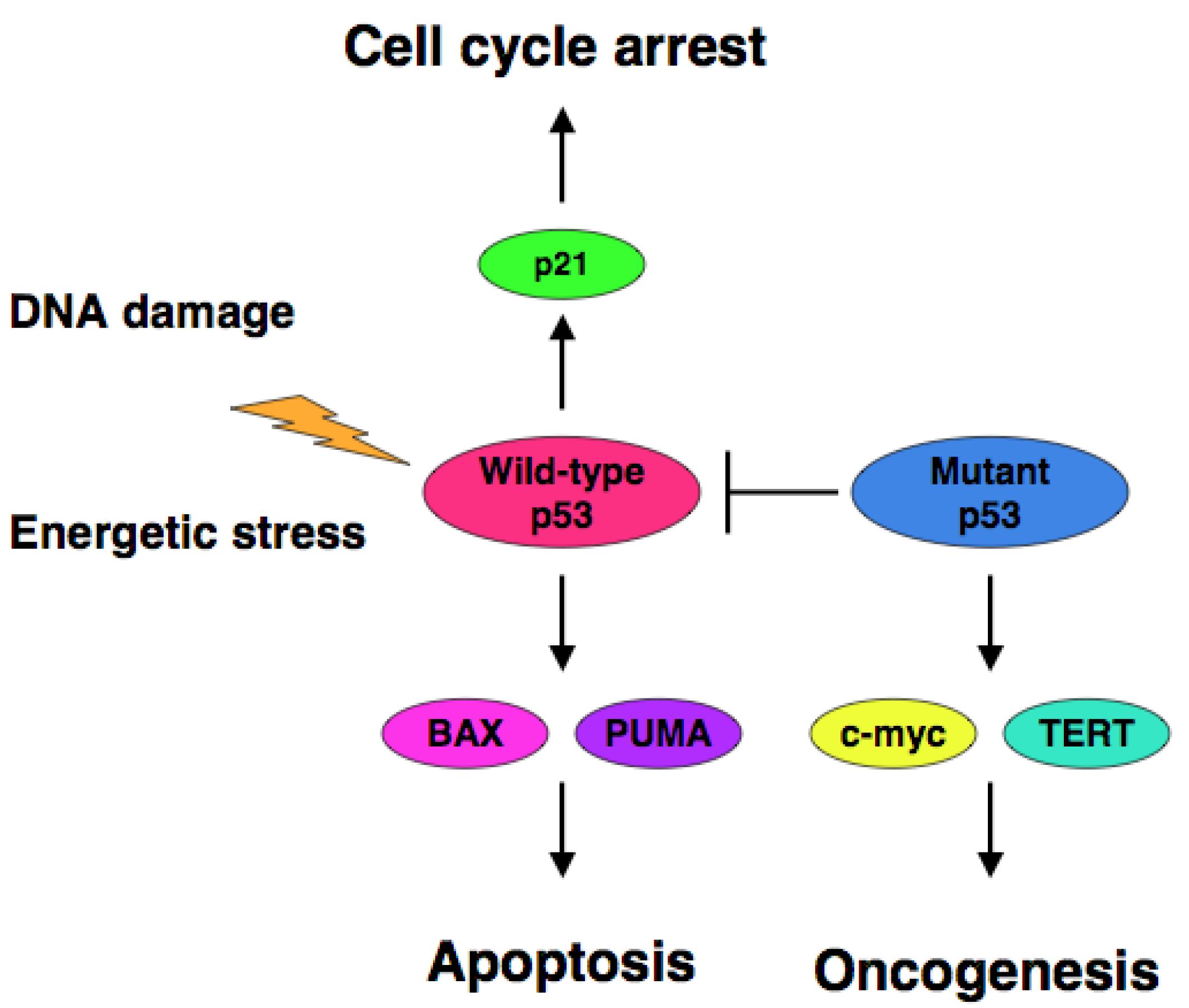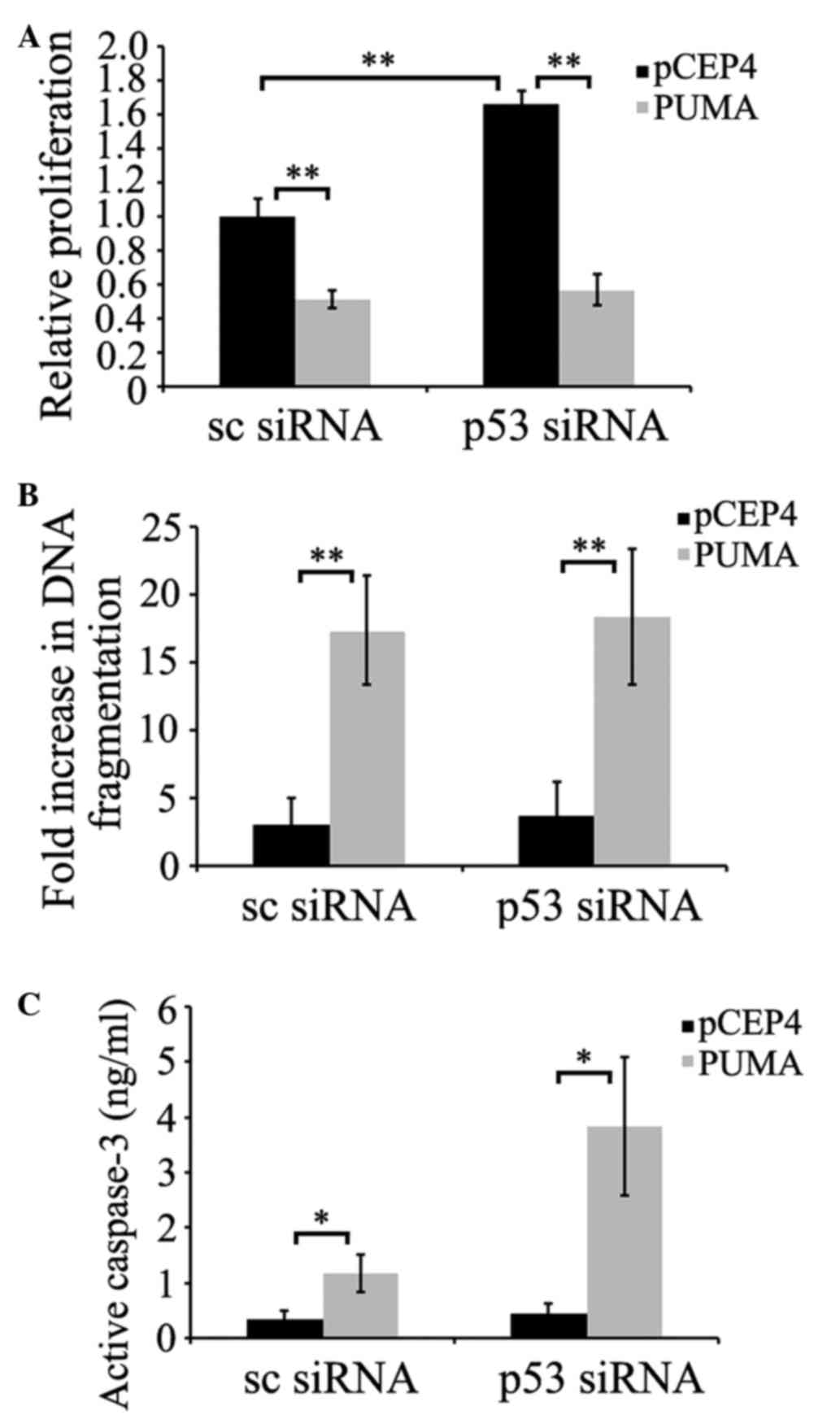
p53 Efficiently Suppresses Tumor Development in the Complete Absence of Its Cell-Cycle Inhibitory and Proapoptotic Effectors p21, Puma, and Noxa - ScienceDirect

WRN suppresses p53/PUMA-induced apoptosis in colorectal cancer with microsatellite instability/mismatch repair deficiency | PNAS
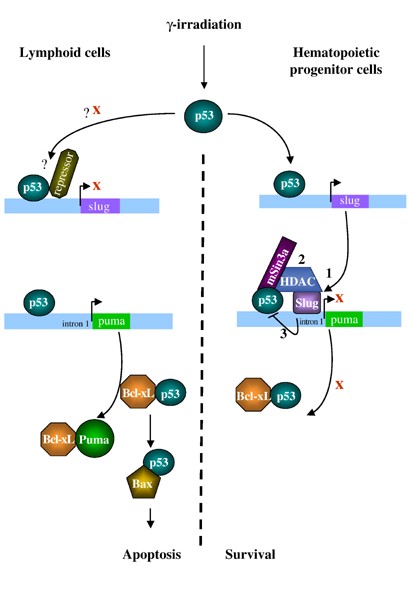
Clues from worms: a Slug at Puma promotes the survival of blood progenitors | Cell Death & Differentiation

Inhibiting aberrant p53-PUMA feedback loop activation attenuates ischaemia reperfusion-induced neuroapoptosis and neuroinflammation in rats by downregulating caspase 3 and the NF-κB cytokine pathway | Journal of Neuroinflammation | Full Text

A review of the role of Puma, Noxa and Bim in the tumorigenesis, therapy and drug resistance of chronic lymphocytic leukemia | Cancer Gene Therapy

miR-128 exerts pro-apoptotic effect in a p53 transcription-dependent and -independent manner via PUMA-Bak axis | Cell Death & Disease
PUMA induction by crizotinib is largely dependent on p53. A, HCT116... | Download Scientific Diagram
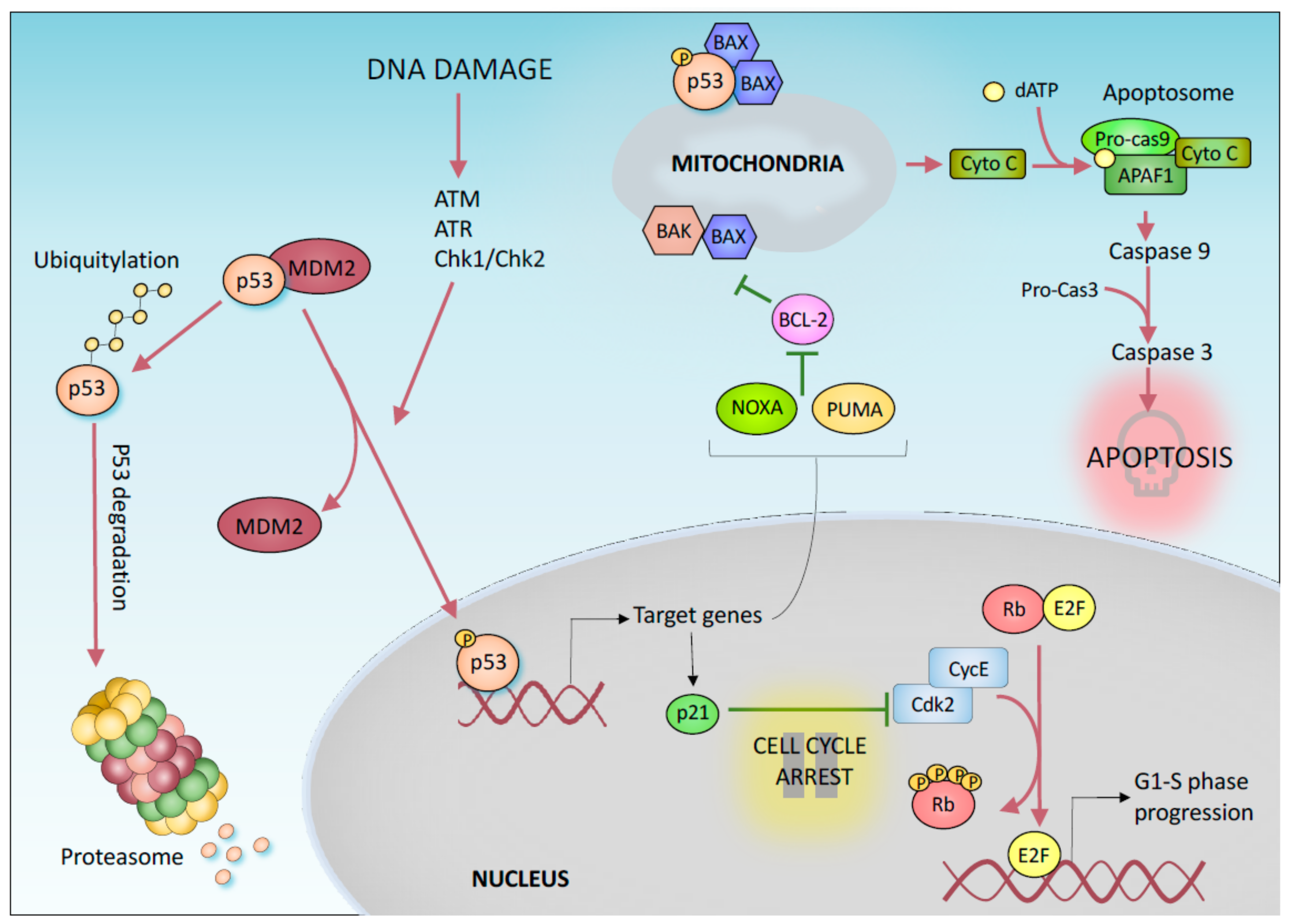
Cancers | Free Full-Text | p53-Mediated Tumor Suppression: DNA-Damage Response and Alternative Mechanisms
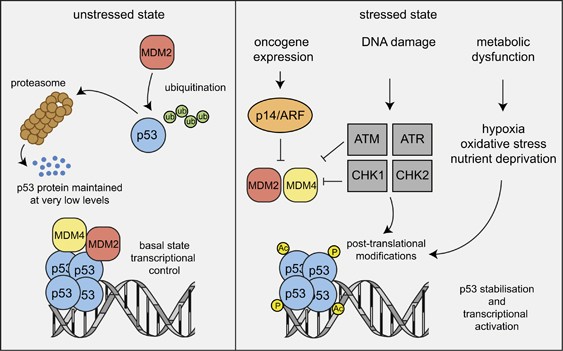
How does p53 induce apoptosis and how does this relate to p53-mediated tumour suppression? | Cell Death & Differentiation

Both p53–PUMA/NOXA–Bax-mitochondrion and p53–p21cip1 pathways are involved in the CDglyTK-mediated tumor cell suppression - ScienceDirect

Schematic diagram of p53 and PUMA regulation of apoptosis following... | Download Scientific Diagram

Interdependent Nuclear Co-Trafficking of ASPP1 and p53 Aggravates Cardiac Ischemia/Reperfusion Injury | Circulation Research

The role of P53 up-regulated modulator of apoptosis (PUMA) in ovarian development, cardiovascular and neurodegenerative diseases | Apoptosis

p53 Up-regulated Modulator of Apoptosis (PUMA) Activation Contributes to Pancreatic β-Cell Apoptosis Induced by Proinflammatory Cytokines and Endoplasmic Reticulum Stress - ScienceDirect










